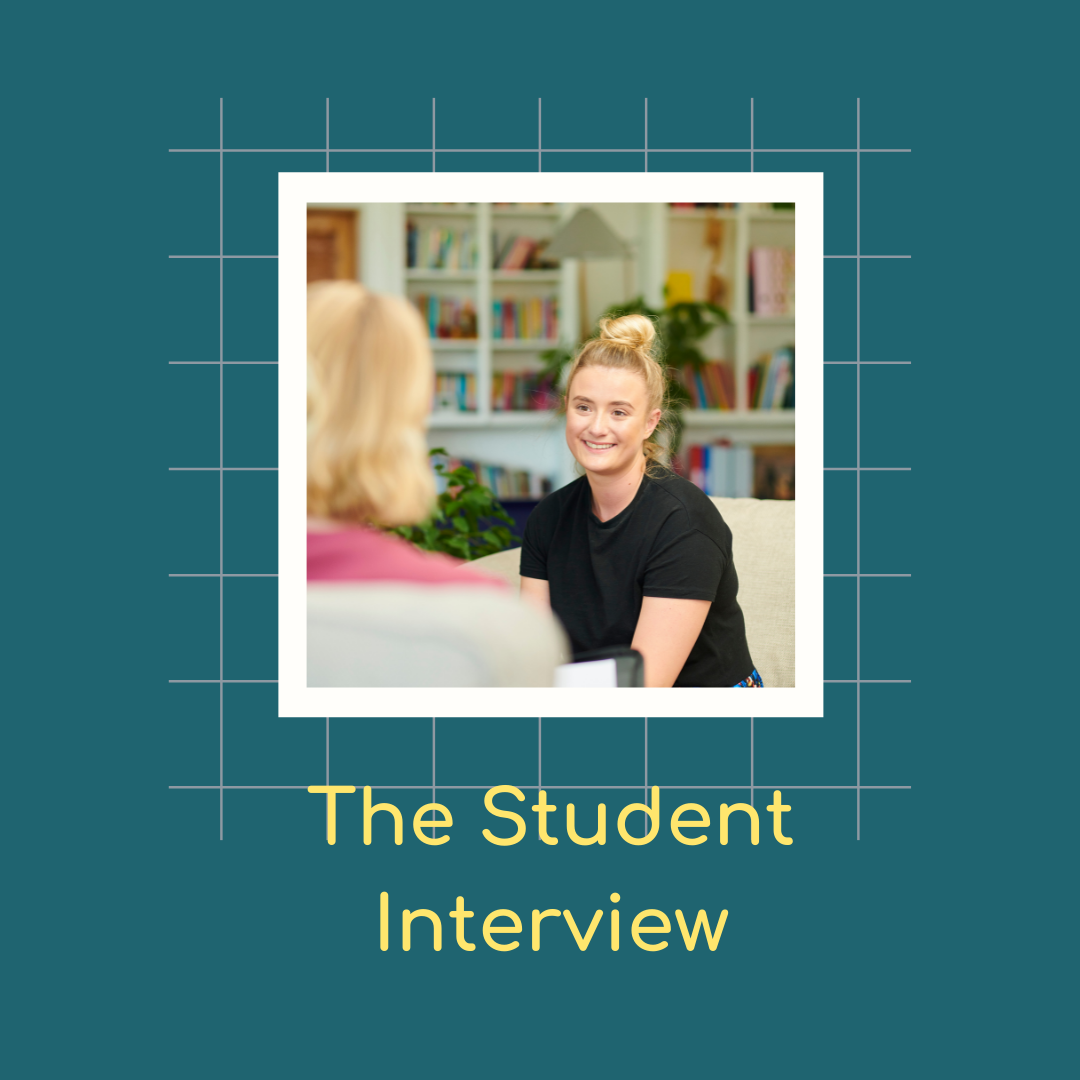Each year, right about now we receive calls from concerned parents. The most common refrain is, 'My child started the school year on a positive note, BUT….'
Lurking behind the BUT lies explanations of how their child is not feeling challenged at school, they have lost their love of learning, their grades have dropped precipitously, they feel invisible, they have fallen between the cracks, or they are experiencing social-emotional challenges.
Other times, we hear from parents who recently learned they are relocating and as a result, are scrambling to figure out their child's educational options for the coming school year.
No matter the circumstances, parents ask if a move to a private day or boarding school is even feasible at this late stage in the academic calendar. Our answer to this question is invariably a resounding maybe. To move this maybe to the yes column, we encourage parents to ask themselves these probing questions:
What factors are in play?
What is their child's learning style?
Is this the right move for their child right now? And in the longer term?
Are the schools on their list in sync with their personal philosophy of education?
Should they wait until next year in order to have more options?
So, if you are considering submitting a late application to an independent day or boarding school, read on for an overview of the rolling admissions landscape to get you on your way.
First off, what are rolling admissions?
Rolling admissions is a process certain independent day and boarding schools use to enroll students after the initial round of acceptances is complete, allowing them to fill any remaining spots quickly and efficiently.
Schools typically review rolling admissions applications on a first-come, first-served basis and expedite applications accordingly. This practice can be beneficial to families who fall into the categories above.
Each school may approach rolling admissions differently, so we impress on parents the importance of researching the specific policies of each school under consideration. Furthermore, we point out that while the rolling admissions timeline can be shorter, candidates are still required to complete the same components as first-round applicants (i.e., inquiry, application, interview, student visit day, testing, student essays) before a file can be reviewed. To this end, the Admissions Committee still needs to convene to assess each candidate before making a decision.
The pros & cons
Like any admissions process, there are benefits and pitfalls involved in rolling admissions. Below are some of the most common:
Pros:
Flexibility: Rolling admissions allows families to apply to schools even after the first-round deadline has lapsed.
Shorter decision lead times: Rolling admissions can result in quicker admissions decisions.
Reduced stress: Families often enjoy a more personal, streamlined admissions experience.
Cons:
Available spots: Some schools may have already met enrollment goals for the coming year, making it less predictable that spots will be available in their child's grade.
Competition: Students compete for limited spots, which can be challenging if the school is particularly selective.
Limited possibilities: Not all schools offer rolling admissions, which can ultimately limit enrollment options and impact the educational 'fit.'
What about financial aid?
Private schools with rolling admissions may offer financial aid to eligible families. Here are some factors to bear in mind:
Available FA funds: Financial aid budgets may already have been allocated during the first round of acceptances. We, therefore, encourage parents to be transparent about their need for support from the get-go.
Apply early: We recommend applying for financial aid as early as possible to give the school more time to review the application and determine aid eligibility.
Understand the process: Each school may have a specific process for awarding financial aid, so we urge parents to read the school's instructions carefully and follow them closely to ensure the application is complete.
Be realistic: Not all families will qualify for financial aid, and the amount of aid awarded may vary depending on income, assets, and family size.
So how do i move forward?
While it is definitely not too late to consider an independent day or boarding school application for this fall, we encourage parents to consider the following before committing to the rolling admissions process:
Be able to articulate the reasons behind the decision to apply.
Understand the child's needs.
Does the school offer the right fit for the child and family?
Check with each school to understand specific policies and availability.
Is it best to apply now for the fall or wait until next year?
Does the school still have financial aid dollars available?
If you answer all of these questions and still want to move forward with the process, please email or call Keating Quigley. With years of expertise behind us, we are always happy to listen, advise and guide you!












